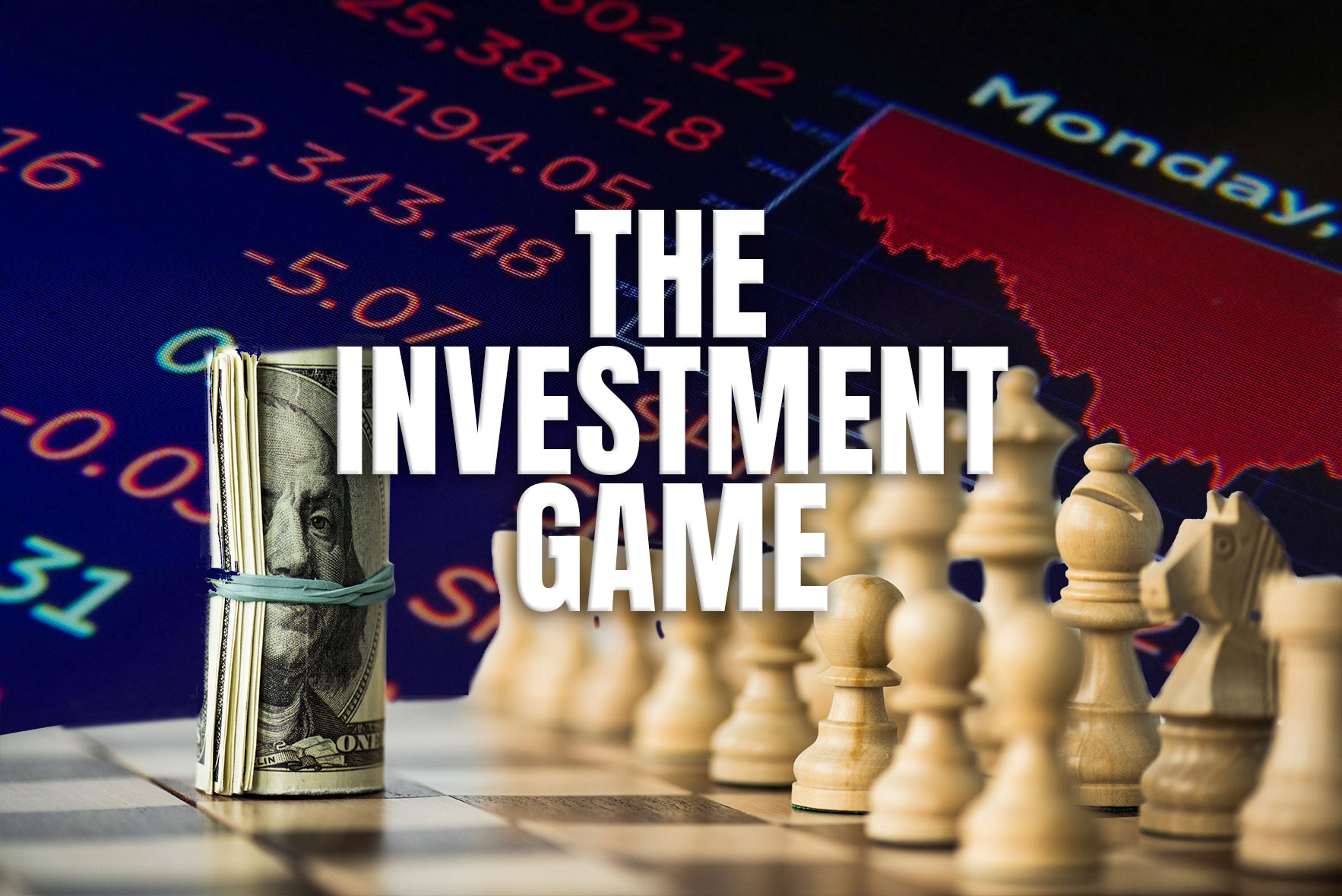What is Risk and How Do We Manage It? Part 1
In an effort to try to understand risk as it pertains to the market, I read essays that my grandpa had written, I read essays that my dad had written, I had an hour-long discussion with my grandpa on the subject, and I learned some things while studying for the SIE exam. Here’s my resulting opinion.
My general definition of risk, in what might be the most basic terms you’ll ever read, is “…the opportunity for something bad to happen.”
For example, every time I ride a horse, there’s the risk that I could fall off and hurt myself. That risk depends on a variety of things: which horse I’m riding, is that horse in a bad mood, am I riding like a sack of potatoes, does a plastic bag roll by, etc. Each of these factors allow for the opportunity for me to fall off. Building off that definition, risk in terms of the market is the opportunity for my investments to return an unfavorable outcome.
So, how do we manage risk?
There are many kinds of risk that can all be influenced by different factors (like what causes me to fall off a horse), so I think the first step is deciding what it is you want your money to do. If your only goal is to not lose money, that’s fine, but pick a time frame to apply that goal to. Just because the value of your stock drops today doesn’t mean it’s going to continue dropping for the next ten years. Also, “not losing money” is not the same as “making money”. Just thought I should point that out.
The next step, in my opinion, is to diversify.
Actually, that’s a lie. The next step would be to find someone like an investment advisor who knows way more about the market than you or I do and listen to their advice. But anyway, diversify. One way to accomplish this is to have different pools of money, like having checking, savings, retirement accounts, and investments. This ties into what you want your money to do. My checking account is my spending money, my savings account is a fallback, my retirement account is, well, for retirement, and my investment account is the money that I want to grow and to be available for future endeavors. Also, for leaving money for my heirs I suppose but at 26 I’m not going to lie, that’s not my main concern. Don’t tell my dad.
 There are several ways to diversify within your investment pool.
There are several ways to diversify within your investment pool.
For example, investing in stocks, bonds, real estate, mortgages, etc. Just don’t forget the second layer of this diversification, which is investing in different companies. If you invest in stocks, bonds, real estate, and mortgages all from the same company it seems like it would be hard to claim a diversified portfolio, doesn’t it? There’s also the opportunity to invest in different industries that respond differently to the economy. Companies that produce survival necessities, such as food, will be producing them regardless of what the economy is doing. Manufacturers of durable good such as steel will typically be up when the economy is up and down when the economy is down. Then there are industries that tend to have an inverse relationship with economic trends, like those that offer gold mining stocks. Obviously, there are many other industries out there, these are just to name a few.
In part two, we will look at less-obvious risks related to money.
This information is intended for informational and educational purposes only and is not individual investment or tax advice. Investing involves risk, principal loss is possible.
Please remember that I am not an investment advisor nor am I a portfolio manager, but I can introduce you to a few.





